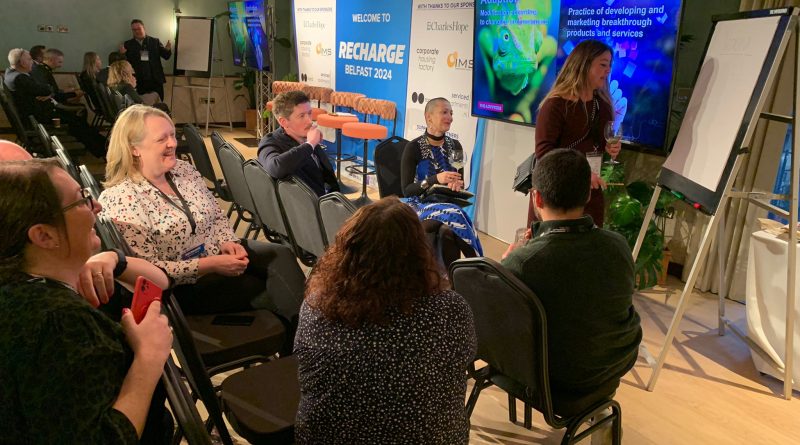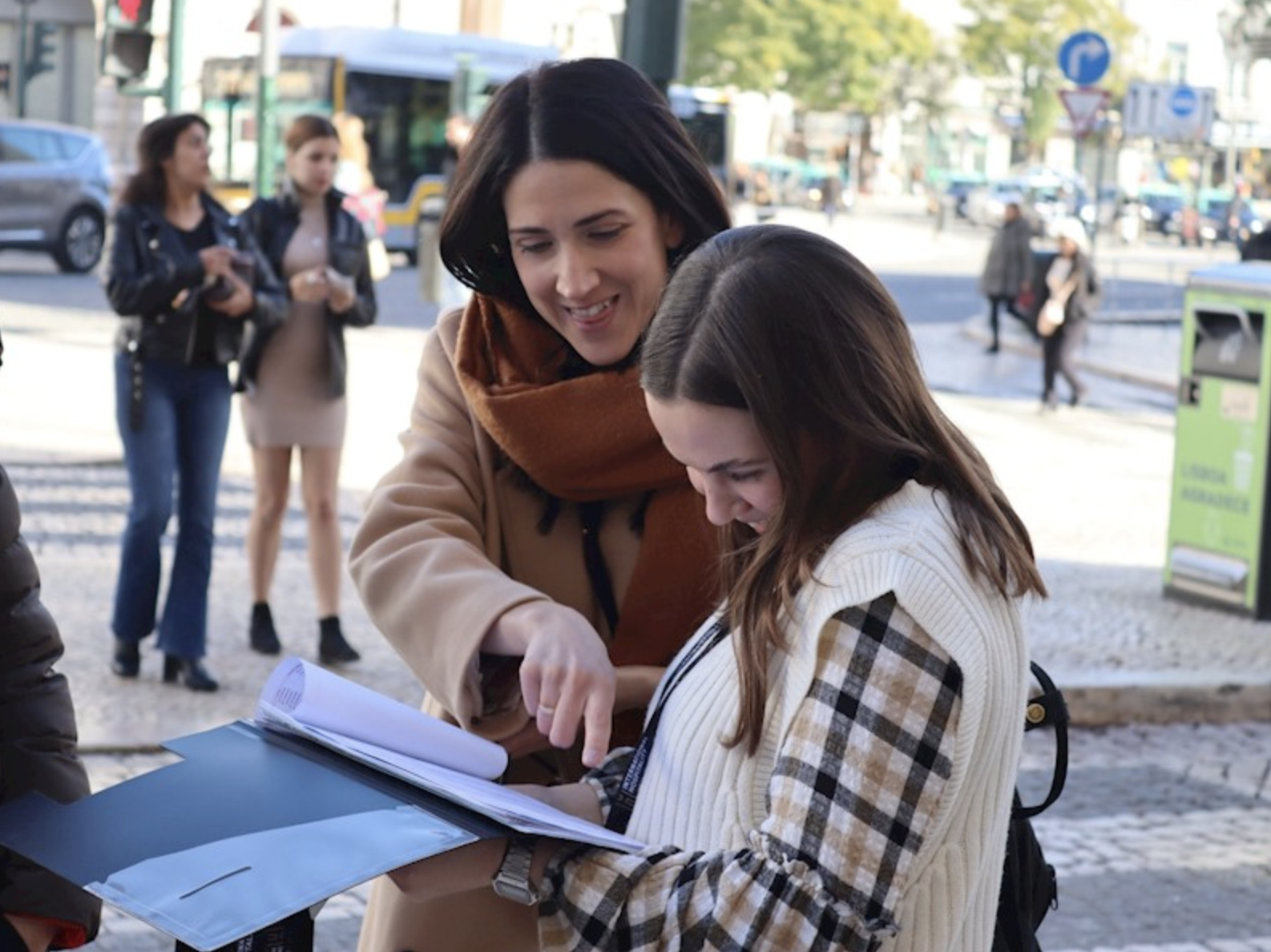Caroline Whitson, group head of marketing at SilverDoor Apartments, comments on how to strike the right balance between technology and human insight when managing travel programmes.
The topic of AI and ChatGPT continues to dominate headlines at a time when technological advances are accelerating at an unprecedented and often confusing rate. Coupled with the ongoing maturation of the ‘digitally-native’ Gen Z and those born into an internet-enabled world, the question of how to balance a high-tech approach with a more personal, human-based service offer has never been more pressing.
Digitalisation and automation have enabled operators across the travel supply chain to enhance their product and service offers. Likewise it has enabled many client businesses to realise their plans for growth on a global scale. Such digitalisation of products and services is driving globalisation of business more so than ever before, but does this mean humanity and technology are even more inextricably linked or moving further apart?
I would argue the need for a balance is still vital to ensure the benefits of both humanity and technology can be realised. To understand how the two can work together it is important to understand their benefits and role they both play.
As many companies now operate at an international as well as local level, modern business travellers and travel managers expect to be able to manage their travel programmes from the palm of their hands. Travel companies have been swift to respond with the development of, for example, online booking tools that deliver visibility and control 24/7 via a digitally-enhanced traveller experience.
Likewise, one of the big benefits of technology is its aggregation and management of big data from a number of sources – whether that be costs, carbon emissions or mileage, and then reporting. Such data can deliver enhanced and live insights on how a travel programme is performing against cost requirements and compliance, in addition to tracking and forecasting rates and KPIs to inform future planning and strategies. Manual analysis of large volumes of data like this would require many man hours, and the investment in technology to support these processes has a major role to play in streamlining operations and building efficiencies.
For all the benefits and insights that come from the touch of a button however, there are many facets of the human approach that technology can’t quite reach. To quote Bob Burg: “People buy from people that they know, like and trust.”
With such a shift towards technology-driven solutions and services, the human touch is arguably more at a premium than ever before. Intuition and emotional intelligence hold great value, particularly when itineraries have to change. This is where humanity has a critical role to play and is comparably absent from the range of apps and solutions available.
Hospitality and personal service has been the foundation of the travel industry since its inception and this is often best borne out when building relationships between the supply chain, travel managers and the traveller. Applying experience with human understanding and empathy when developing and managing travel programmes – especially in stressful situations such as extreme weather or when illness occurs – the role of high-touch is often critical. Travellers want to feel valued and not like a commodity at the end of a data sheet. Warmth, integrity, instinct and sound impartial advice cannot be delivered by an algorithm. Interpreting the nuances of data sets and marrying reports and insights with knowledge and understanding of the industry and individual requirements will ensure that the best advice possible is recommended to a client.
To achieve the best balance, the answer lies (as it often does) in a solid understanding of traveller preferences and programme requirements. There is no one-size-fits-all approach when determining the ratio of high-touch and high-tech; this will change across different travellers and different clients, and will also shift over time.
The key to striking the right balance between the two is keeping a clear understanding of the benefits of both and knowing how and when to deploy them. Utilising both technology and humanity will provide travel managers with the skillsets to quickly adapt to changing client requirements, as and when needed.










